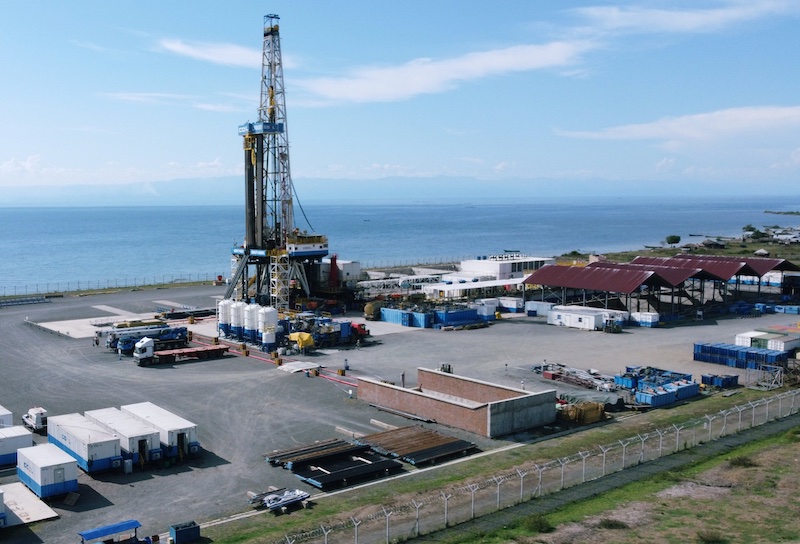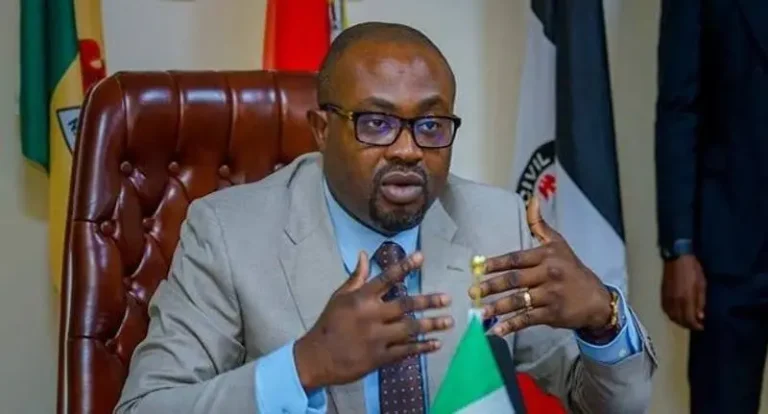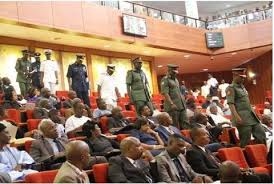
For the next nine months, activities in Uganda’s oil fields will be ramped up as the country targets to get its first barrel of oil to the market through a 1,443km pipeline to the Tanzanian coast of Tanga by July 2026, more than 20 years after the first commercial discovery was made in western Uganda.
There is growing optimism this time round that the First Oil schedule of July 2026 – unlike on numerous occasions in the past – will be achieved. A lot of the confidence comes from the different construction works in the oil fields, with the project shareholders placing the completion rate at an average of 72 per cent as at October 2025.
Works at the Kingfisher oil field, operated by China’s CNOOC, for example, are ahead of schedule, with the completion rate of the central processing facility (CPF) and well pads two and four estimated at just over 90 per cent.
Designed to handle 40,000 barrels of oil per day, the CPF at the Kingfisher field, located at the Buhuka plain, has nearly all the inbuilt structures in place. Facilities for crude oil treatment, associated gas treatment, crude oil storage and export, liquefied petroleum gas production, storage and export are all nearly complete at Kingfisher’s central processing facility.
Uganda will likely undertake a phased approach towards oil production, starting with the smaller Kingfisher oil field, where all the 14 wells out of the total 31, which are enough to launch oil production, have been drilled using one rig, the LR8001.
Oil production at the larger Tilenga field that has a capacity to produce 190,000 barrels of oil per day, and is operated by France’s TotalEnergies, is expected months later.
With three different rigs that have already drilled nearly 150 wells at the Tilenga oil field, a tad shy of the 170 needed for the field to be ready for oil production, works are estimated to be just under 60 per cent.
Of all the engineering mechanics in the field, the easier part appears to be laying the feeder pipelines – 47km from the Kingfisher and 95km from Tilenga – to Pump Station One at the Kabalega Industrial Park. It is at Kabalega where the oil will be pumped into the East African Crude Oil Pipeline (EACOP).
The EACOP – a $4 billion project that has long been criticised by environmental activities over its perceived risk to the fight against toxic carbon emissions – appears to have overcome most of its financial hurdles when it closed a $755 million syndicated loan in March 2025.
The shareholders – TotalEnergies with 62 per cent, Uganda National Oil Company (UNOC) and the Tanzania Petroleum Development Corporation (TPDC) each with 15 per cent and Cnooc at eight per cent – have agreed to fund an undisclosed amount of the remaining construction budget of the project.
Tanzania, where the EACOP will traverse more than 1,100km of land, is sweating to be able to connect with the pipeline at the Ugandan border. While more than 1,000km of line pipes have already been delivered in Tanzania, works at Tanga, the final point of the EACOP, remain the main focus.
For example, there is some anxiety over the pace at which Daqing Oilfield Construction Group Company Ltd is undertaking works of the terminal and the storage tanks at Tanga. Completion works hadn’t surpassed the half-way mark by early October, with the company issuing job adverts for engineers at the plant.
However, there is some assurance that the construction of a jetty and load-out facility at Tanga will be completed in the first quarter of 2026. The four storage tanks, each capable of holding 500,000 barrels of oil, were expected to be ready around the same time too.
Just like TotalEnergies’ decision to deploy horizontal directional drilling to bury three pipelines to a depth of 15 metres to 20 metres beneath the riverbed across the Victoria Nile towards the Tilenga CPF, Tanzania will do the same at River Sigi for the EACOP to cross 1.2km.
That process at River Sigi was expected to be concluded in the last quarter of this year.
HURDLES
All these construction works need money, and therein lies one of the risks that could delay the project from its timeline. While the biggest portion of the debt has been sourced, more equity funding is expected from the shareholders.
TotalEnergies has shouldered the biggest burden of finding the financing, and one suspects the pressure to get the project to production could force the French operator to seek other external partners.
Uganda has just announced that the World Bank has resumed its concessional loans to the country, which are outside of the oil and gas project. However, the new round of money is likely to free up some funding that Uganda’s government can allocate to its oil project.
There are no concrete assurances over that, though, considering the financial demands the country faces in other sectors such as building more electricity plants and roads.
Criticism from the environmental activists, which long rattled financial institutions and forced them to back away from Uganda’s oil project, appears to have fizzled out. But only just.
The activists have shifted the battlefront to the court rooms, where a series of cases that are intended to either derail or slow down the oil project are being heard. Many of the cases are not new, however, and the oil companies have ridden out those storms over the last three years with a little more than a scratch on their profiles.
From a political perspective, both Uganda and Tanzania are heading for the general presidential elections – Tanzania in October 2025 while Uganda in January 2026 – with the main opposition figures in both countries locked up in jail.
The incumbents – Samia Suluhu Hassan of Tanzania and Yoweri Kaguta Museveni of Uganda – are expected to be declared winners with little fanfare, and chaos, if any.
And it is expected that the oil companies have factored in that political risk and given it a low rating. That leaves the road to First Oil largely clear.
This story first ran on the Deep Earth International website



